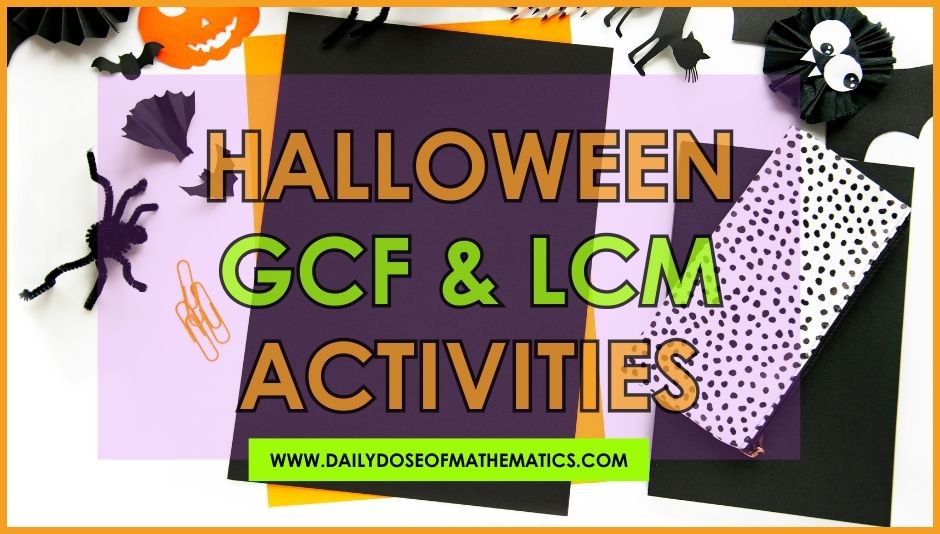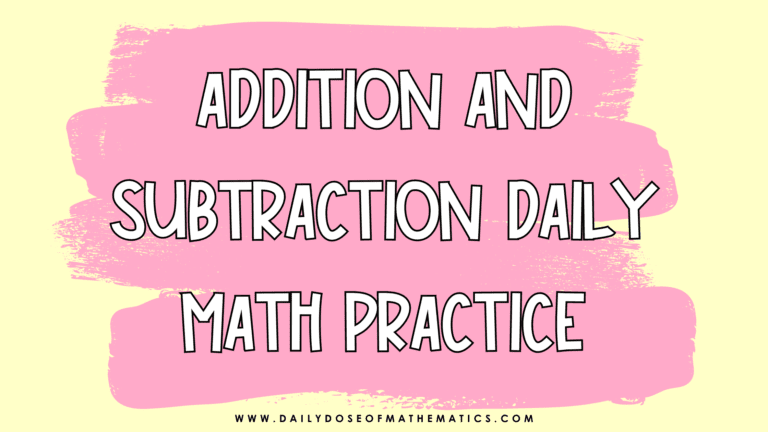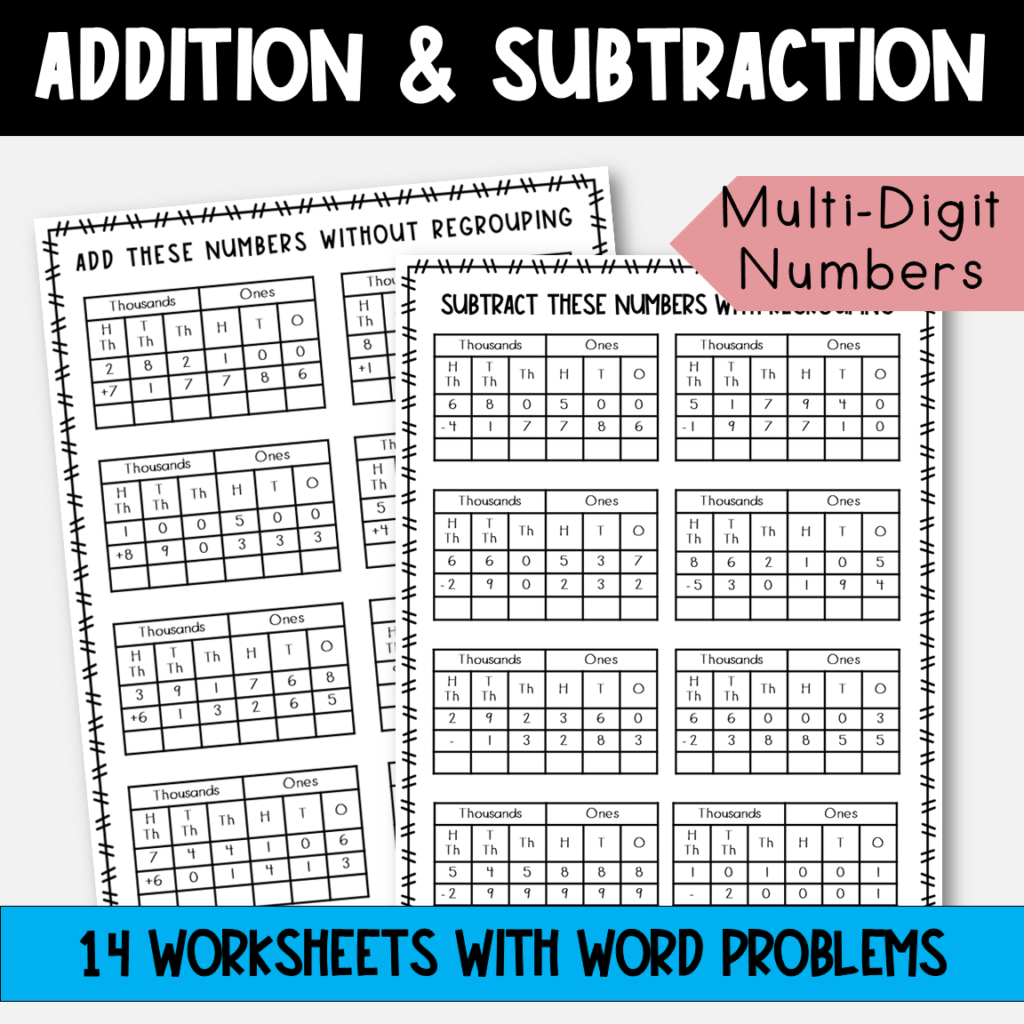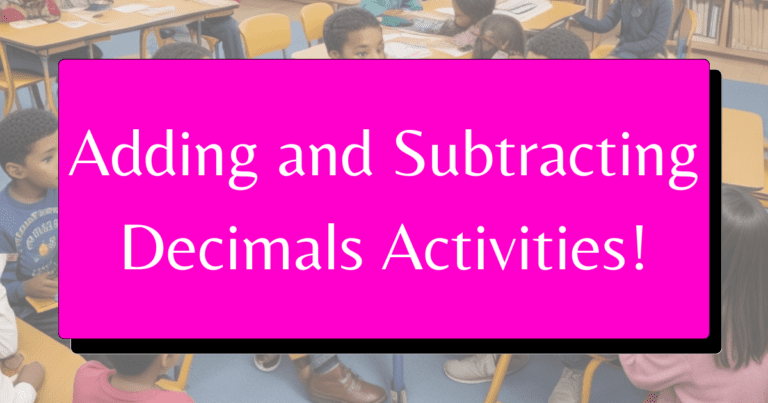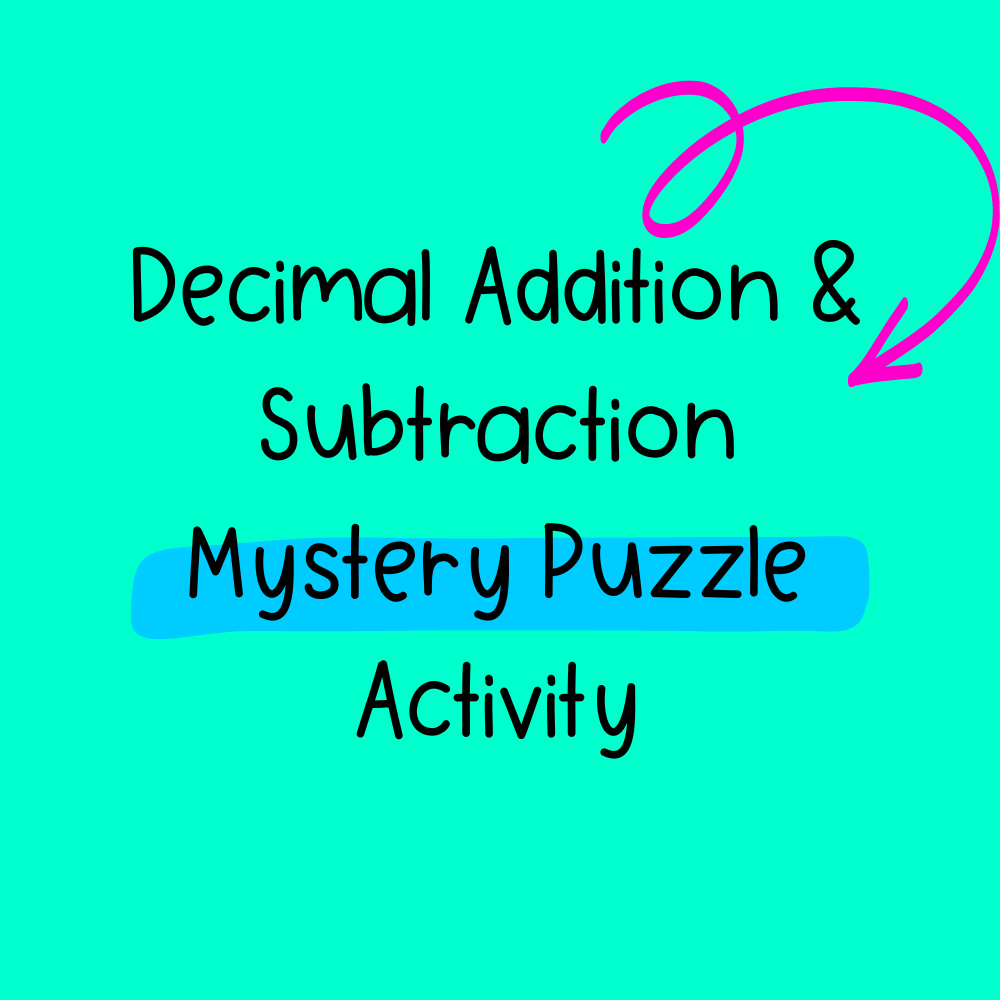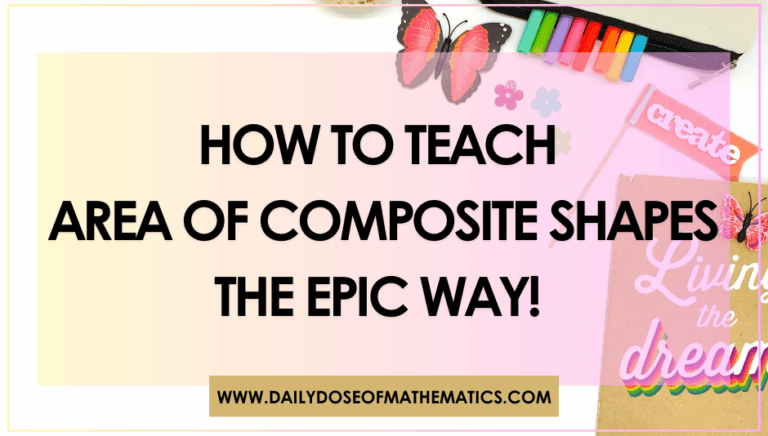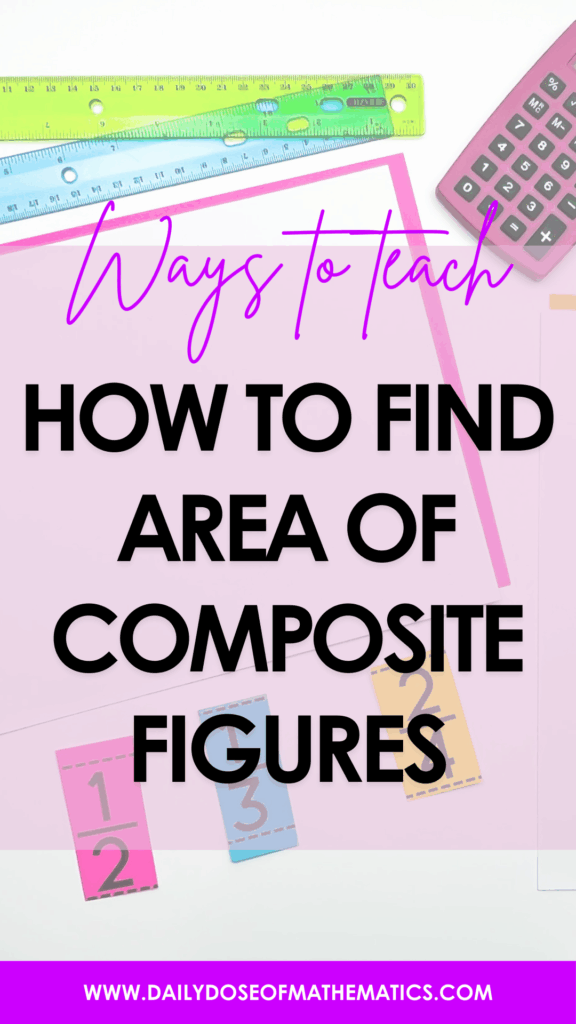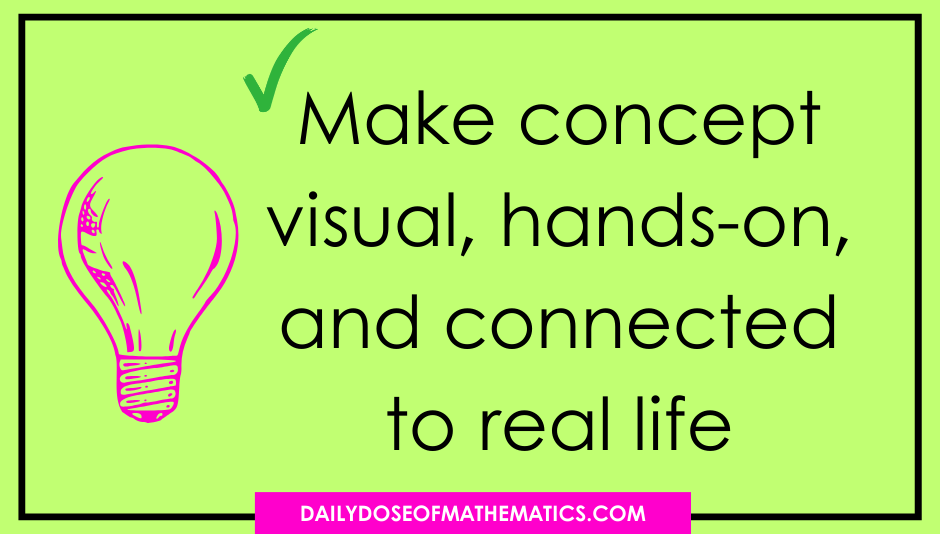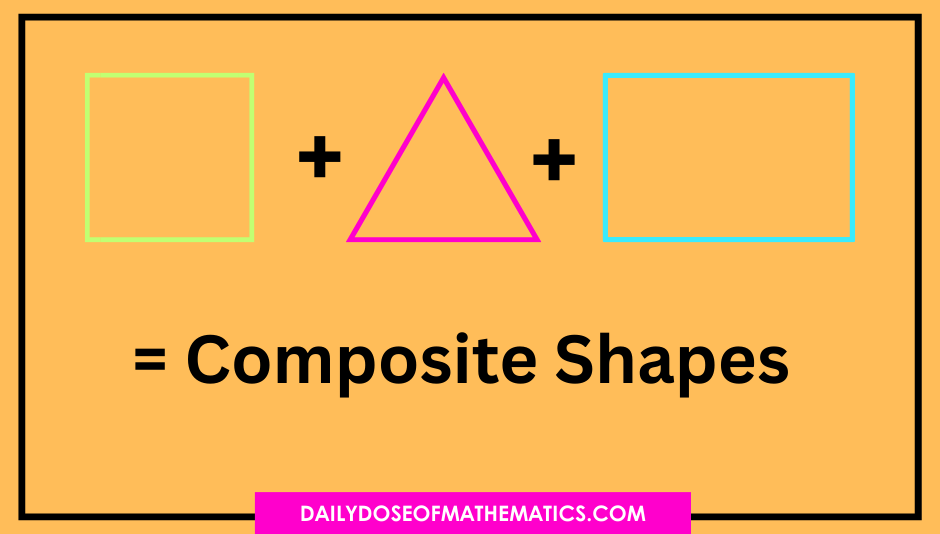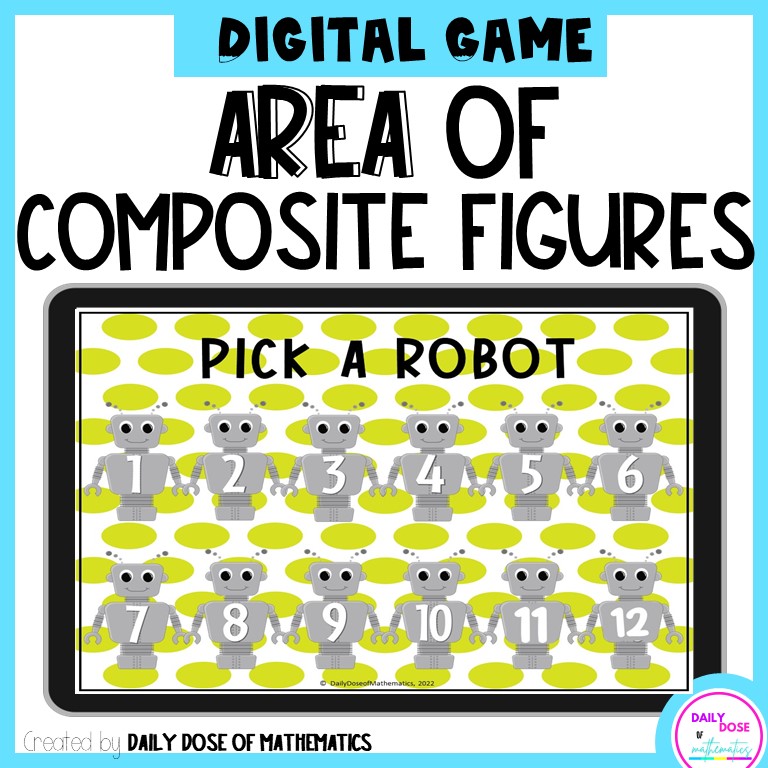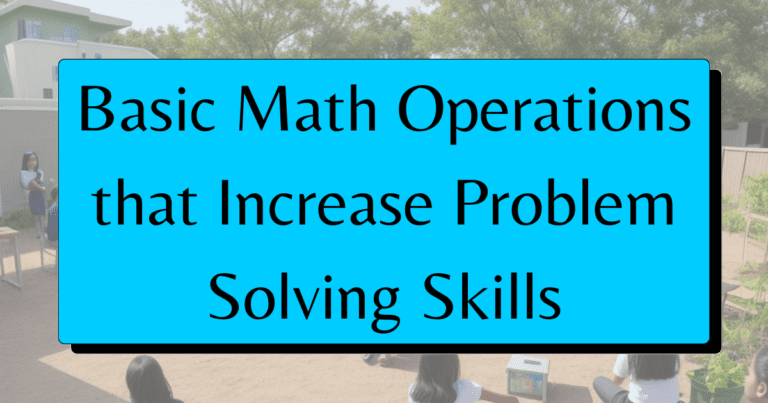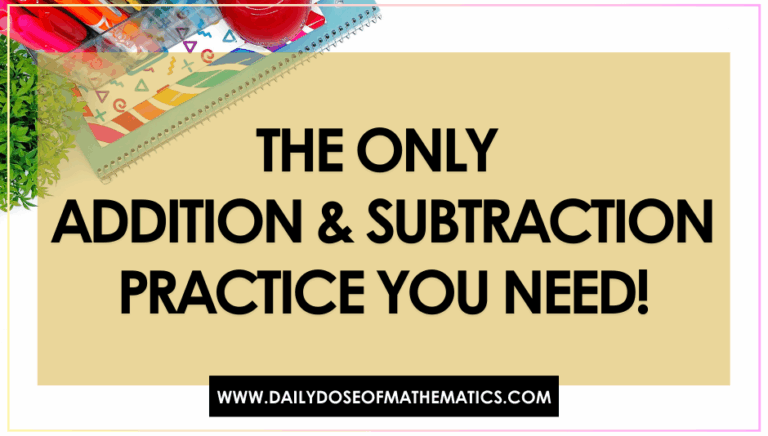How to Teach GCF and LCM With NO Stress This Halloween
Halloween week in the classroom is chaos. Between sugar highs, costume distractions, and a packed schedule, the last thing you need is a complicated GCF and LCM practice lesson.
But October is also a great time to hit those tough concepts like Greatest Common Factor (GCF) and Least Common Multiple (LCM) practice especially, if you’ve got the right tools.
That’s why I created these three hands-on, no-prep Halloween-themed math activities that actually get your students excited about GCF and LCM.
These aren’t just worksheets, they’re interactive, self-checking, and fun.
In this post, I’m breaking down how each activity works and how you can use them in your classroom this October.
GCF and LCM Practice Halloween Coloring
Kids in my class LOVE coloring period. The truth is, we need to use more coloring math practice in the age of AI than ever before.
The reason is that kids these days aren’t as calm as they used to be. Coloring helps them calm down due to their hyperactive abilities.
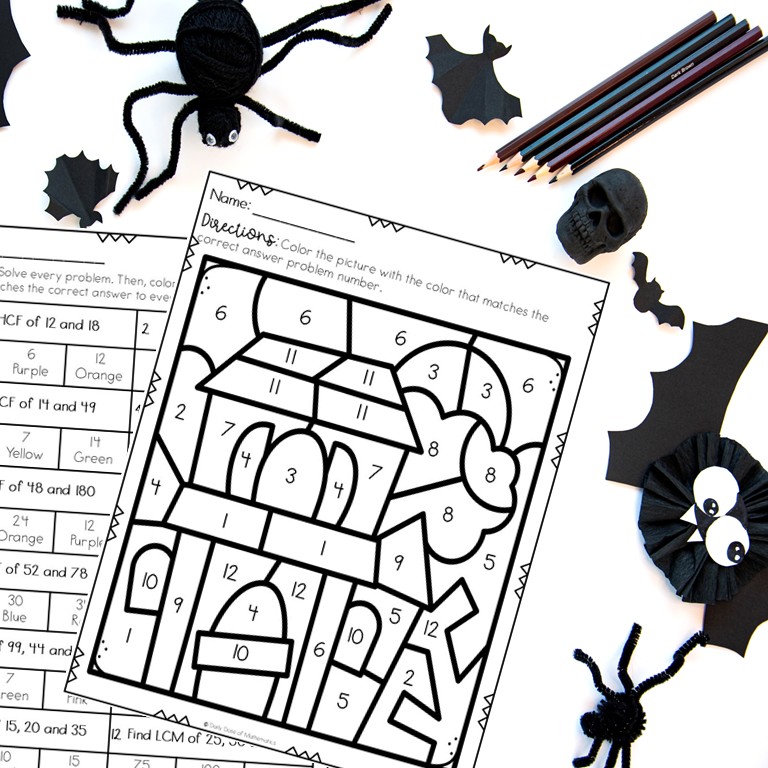
This Halloween color-by-number activity blends math + art to keep kids engaged while practicing core skills.
Students solve GCF and LCM problems, find the matching color, and use it to complete a spooky themed image that you can display on bulletin board.
Why it works:
- Self-checking format helps students correct their own work
- Visual + hands-on = more focused engagement
- Works great for early finishers, math centers, or calming down a hyped-up classroom
The best part? It’s Print and go! No prep needed.
It’s perfect for days when you want meaningful review without managing chaos.
To try this out in your class, you can check out this Halloween GCF and LCM activity pack here.
Want to get access to free Order of Operations activity you can use with 5th and 6th grade students? Check it out here:
GCF and LCM Puzzle Cut, Solve, and Reveal
Puzzles help kids with their critical thinking and problem solving skills.
This Halloween math puzzle is like magic, your students won’t even realize how much math they’re doing.
Here is how to implement this 2-pager activity. Problems are on one page and corresponding answer puzzles are on the other.
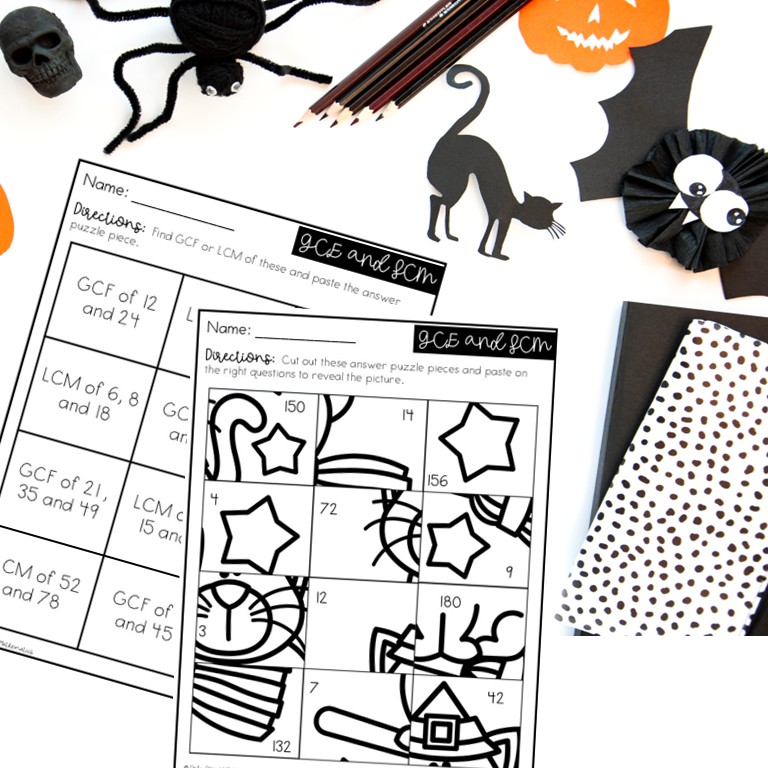
Students solve each GCF or LCM question, find the puzzle piece with the correct answer, and paste it into the correct space to reveal a mystery Halloween image.
Skills it reinforces:
- GCF and LCM mastery
- Critical thinking
- Fine motor skills and focus
It’s engaging, it’s visual, and it’s low-prep. Just print both pages, and your students handle the rest.
To try this out in your class, you can check out this Halloween GCF and LCM activity pack here.
Halloween Greatest Common Factor Riddle
Riddles are like catnip for kids. In this Halloween themed riddle activity, students solve GCF and LCM problems and write their answers on the connected given space.
At the end, they collect letters that solve a spooky riddle.
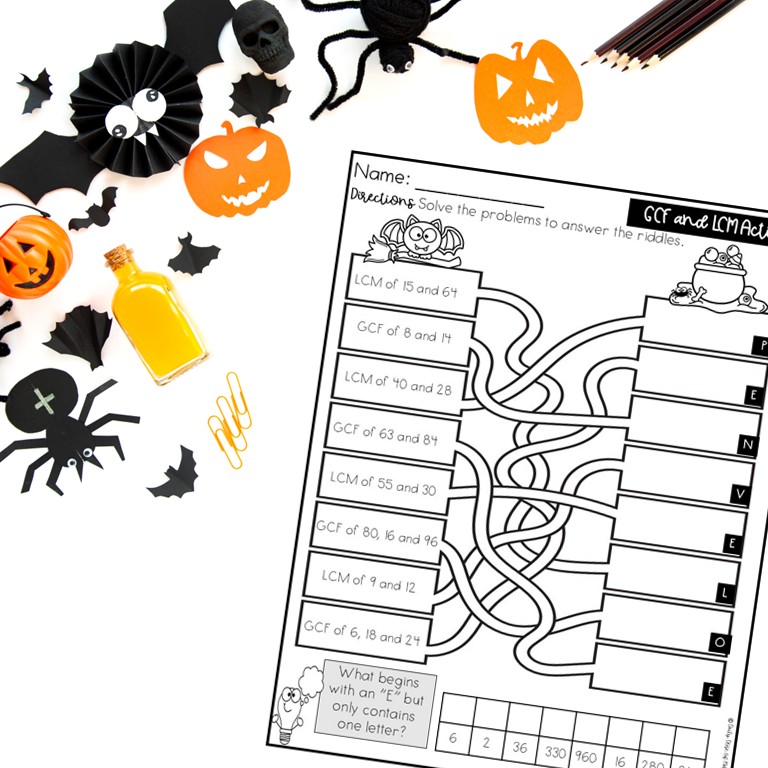
Here is why it’s a win in my classroom:
- Instant buy-in from students
- Encourages problem-solving and logic
- Great for math stations, partner work, or even test prep review
You can even use it during rotations, independent practice, or as an enrichment activity during Halloween week.
To try this out in your class, you can check out this Halloween GCF and LCM activity pack here.
Pro Tip:
Want to survive Halloween week without losing your mind?
Print all three activities and set them up as stations.
Your students rotate through the color-by-number, puzzle, and riddle and they stay engaged the entire time.
They think it’s fun.
You know it’s standards-based review.
Everyone wins.
Want to try all 3 Activities?
I bundled all three Halloween GCF & LCM activities together in one low-prep printable pack perfect for 5th and 6th grade math teachers who need a break from boring stuff.
You don’t need to skip meaningful math instruction just because it’s Halloween week.
With the right activities, your students can have fun while practicing critical concepts and you can keep your sanity intact.
Whether you use them for centers, sub plans, or fast finishers, these Halloween-themed GCF and LCM worksheets are ready to go when you are.
Pin it now. Print it later. Teach it without the stress.
To try this out in your class, you can check out this Halloween GCF and LCM activity pack here.
Want more ideas to teach in your next 5th or 6th grade math class? Check them here

